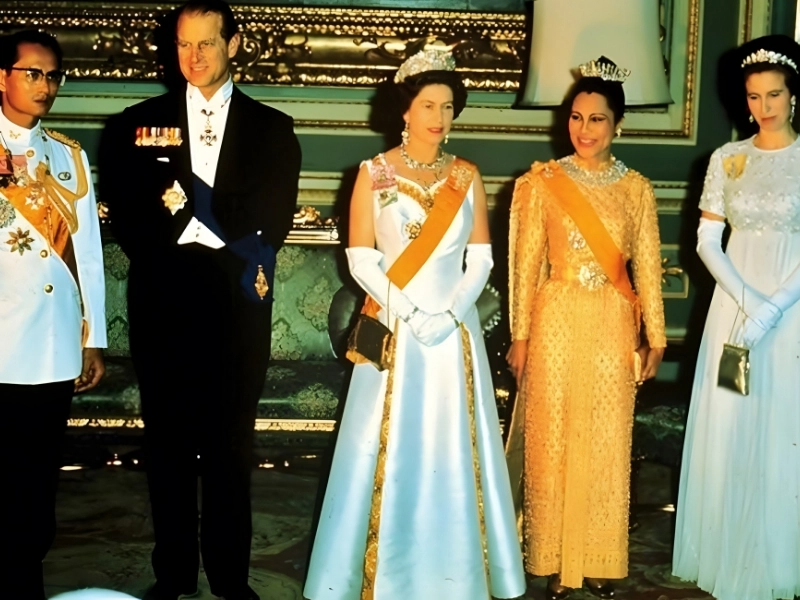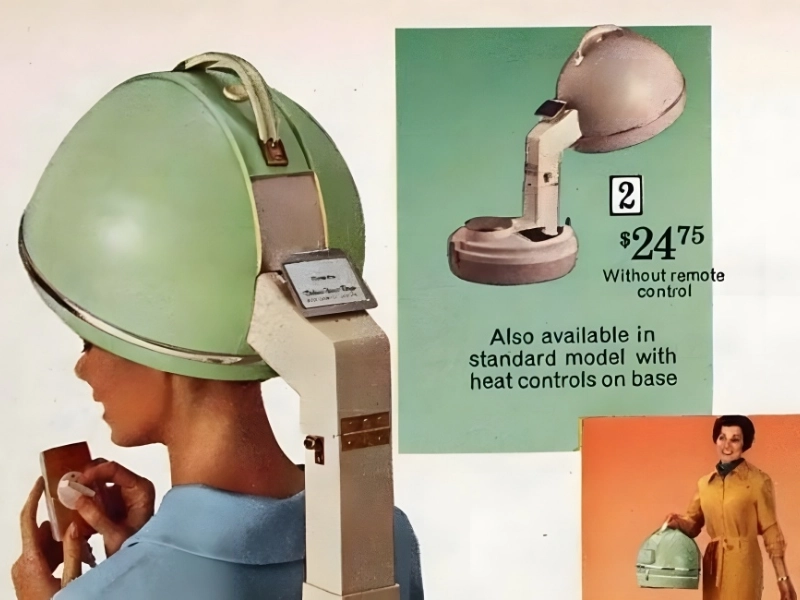60s Products That Are Still Popular Today
3. Instant Coffee that's Freeze-Dried
Where It Was Sold: Safeway, Wegmans, Walmart
Company: Maxim
Original Price: $2-$5*
In the 1960s, instant coffee surged in popularity, primarily due to its convenience and ease of preparation. Freeze-dried instant coffee became particularly favored for its quick brewing process, offering coffee lovers a fast and efficient way to enjoy their caffeine fix.
During this era, both Maxim and Nescafé introduced Taster's Choice, a premium instant coffee that promised a richer flavor and a more satisfying experience. This innovative product catered to the growing demand for quality in instant coffee, allowing consumers to enjoy a robust cup without the hassle of traditional brewing methods.
Conclusion In summary, the rise of instant coffee in the 1960s marked a significant shift in consumer habits, with brands like Maxim leading the charge. Taster's Choice not only enhanced the instant coffee experience but also solidified the place of instant coffee in American households, making it a go-to choice for those seeking a quick and flavorful caffeine boost.

Freeze-Dried Instant Coffee on Pinterest and Google
Instant coffee's smooth taste and consistent quality quickly captivated coffee drinkers, making it a popular choice for those with busy lifestyles. The ability to prepare a cup in mere seconds offered unparalleled convenience, appealing to individuals who valued efficiency without sacrificing flavor.
While instant coffee may not have been the preferred option for every coffee aficionado, it found a significant following during the 1960s. Many people embraced it as a practical solution for their caffeine needs, appreciating its accessibility and the ease with which it could be enjoyed at home or on the go.
Conclusion In conclusion, the rise of instant coffee in the 1960s represented a shift in consumer preferences, as more people sought quick and convenient options. Its smooth taste and fast preparation made it a staple for many, highlighting its role in accommodating the fast-paced lifestyles of the era.







